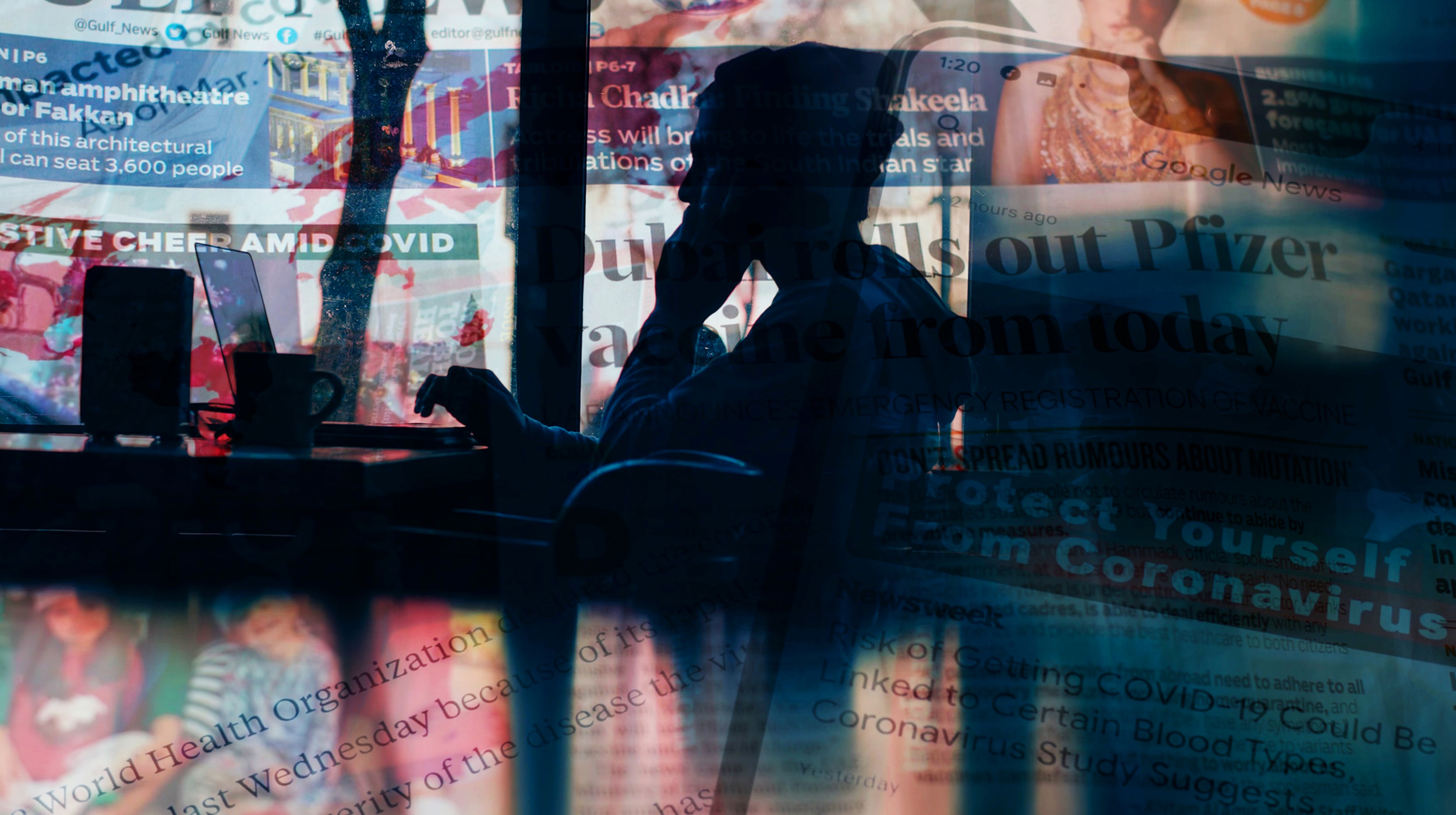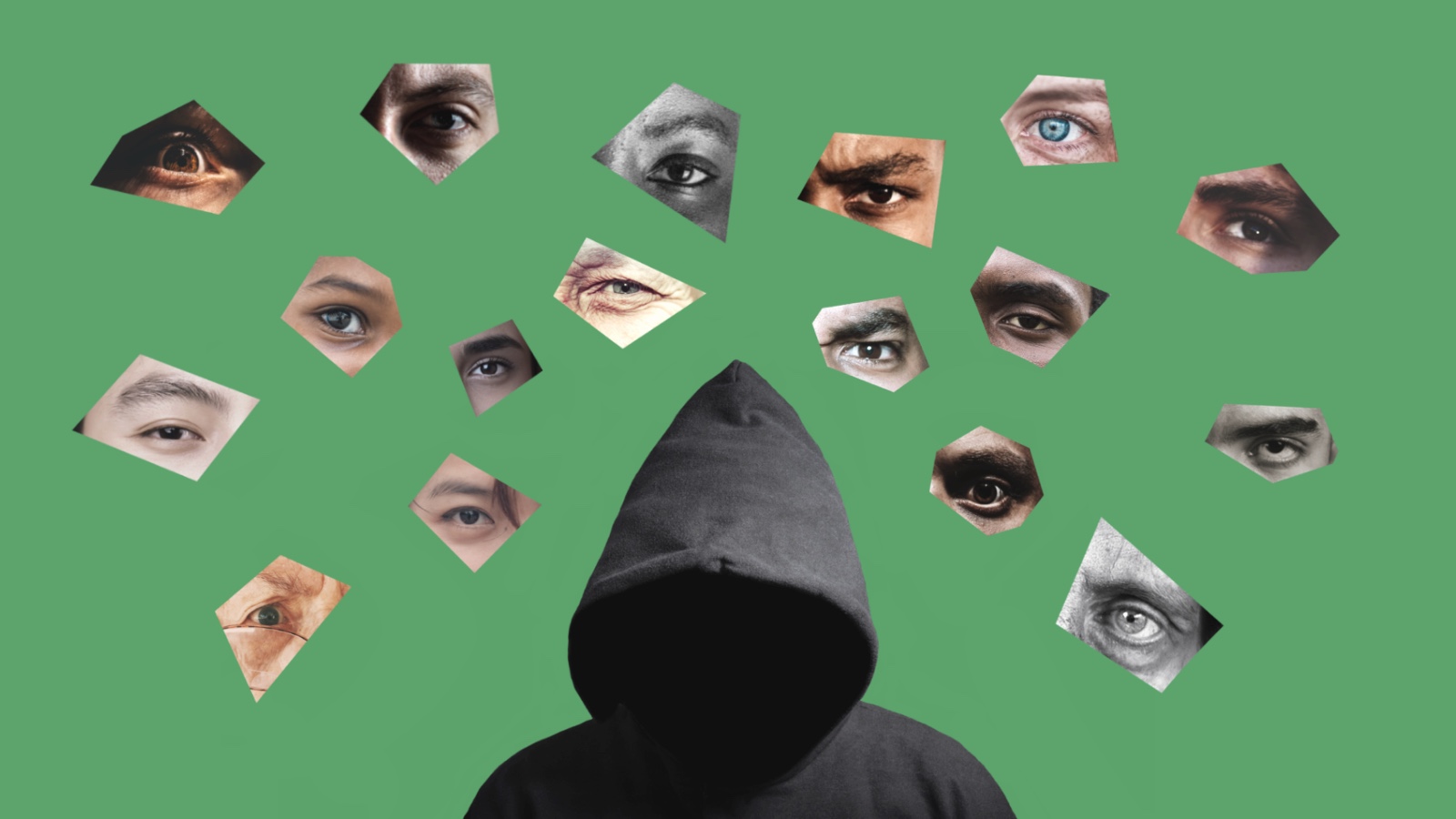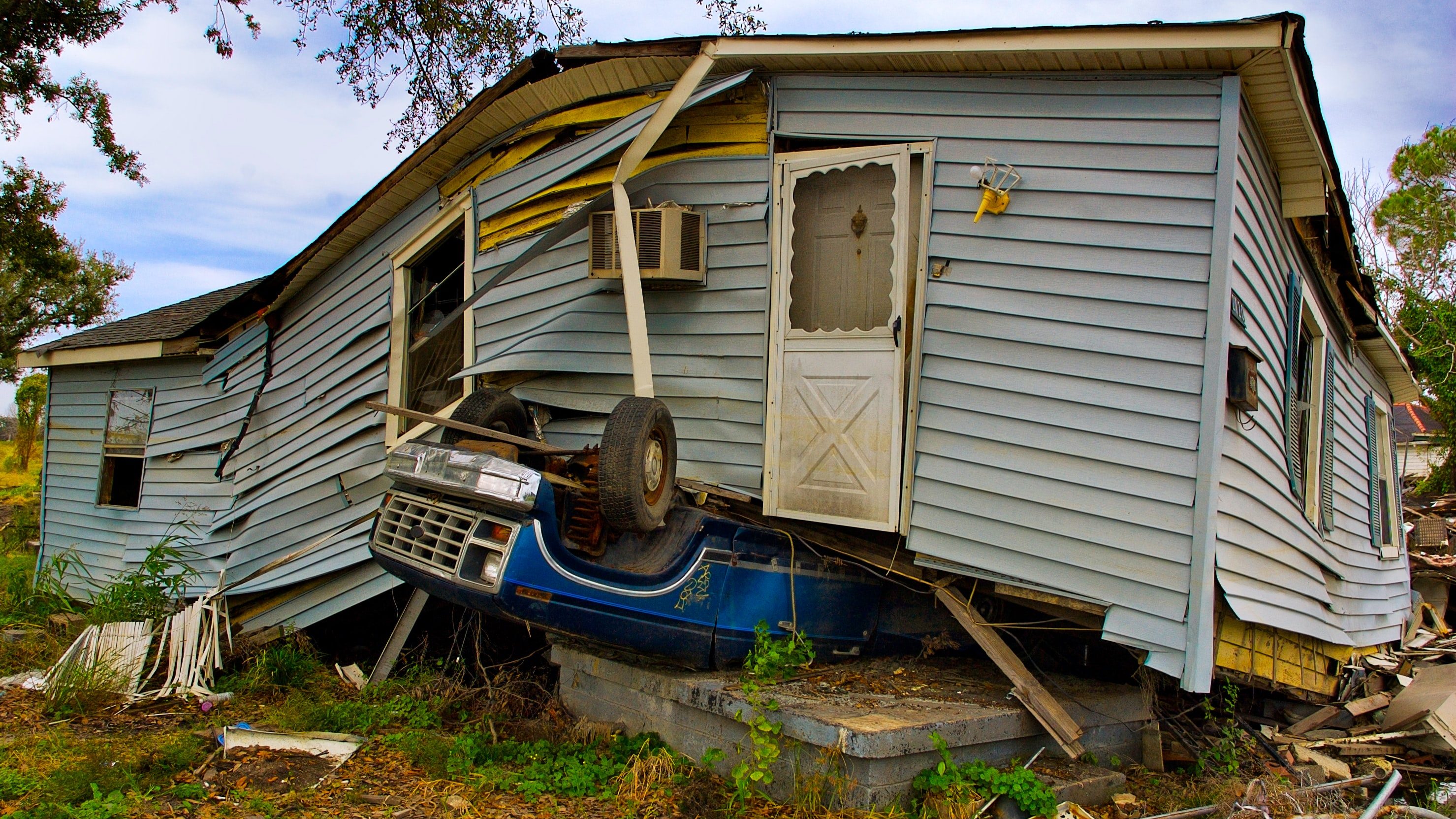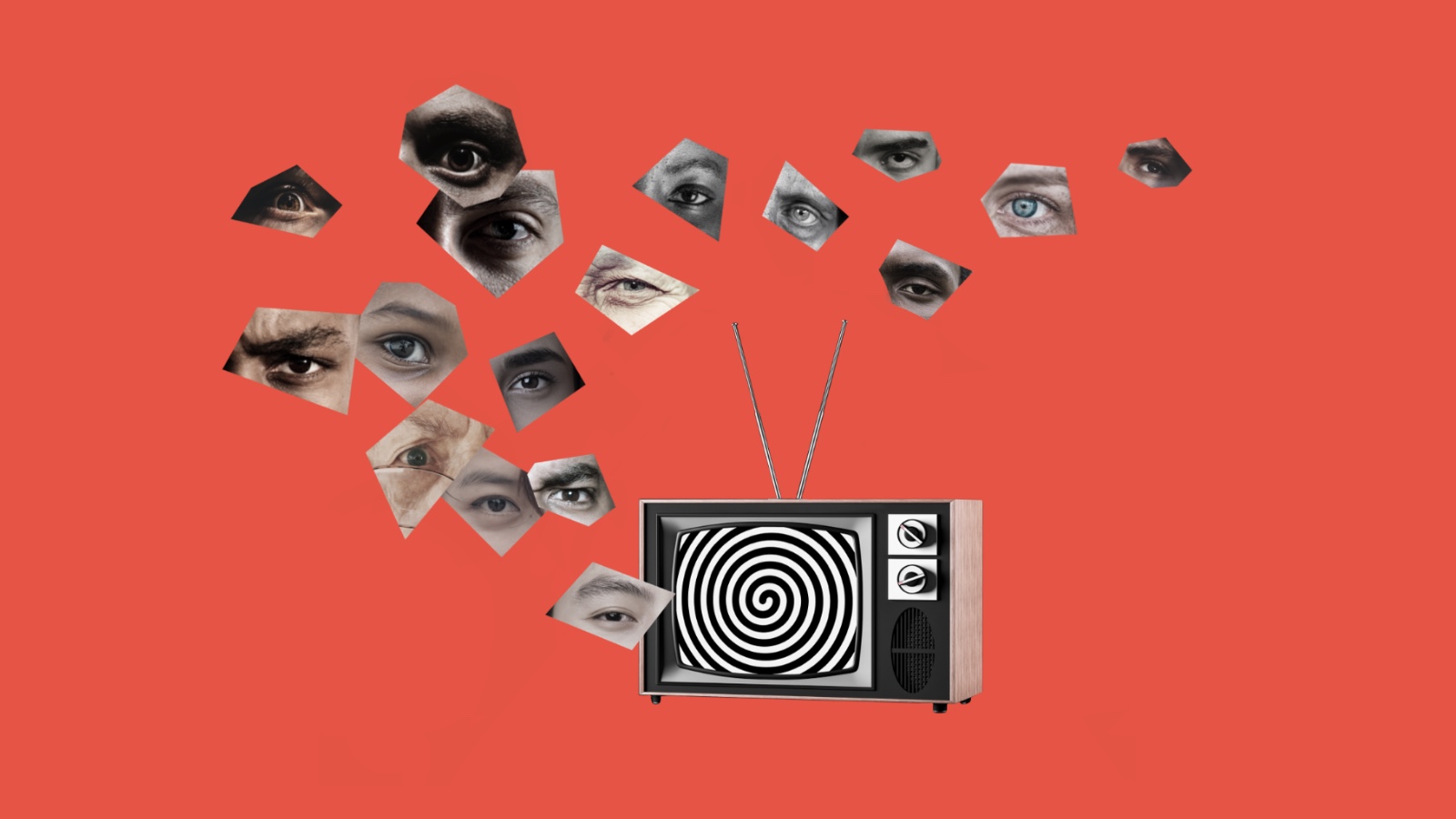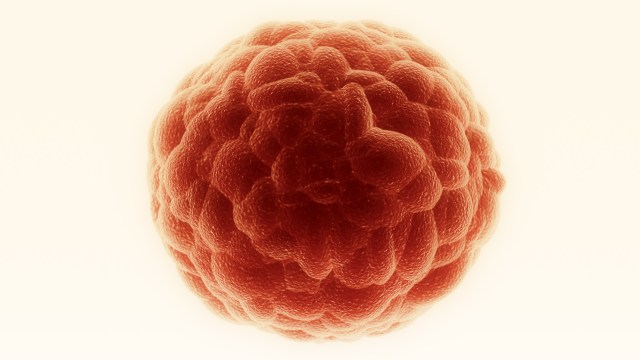Conspirituality: How New Age conspiracy theories threaten public health
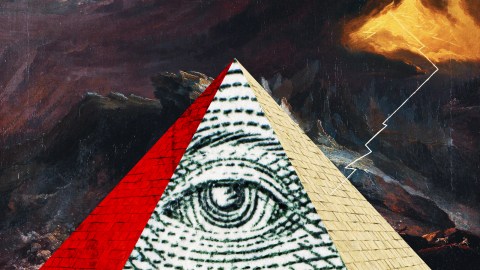
- A public crisis or a fictional moral panic can be exploited to drive calls to spiritual renewal, often by people with phony products to sell.
- "Disaster spiritualists" monetize vulnerability at the intersection of catastrophe and evangelism.
- The influencers of disaster spiritualism traffic in conspiracy theories and grandiose fear-mongering.
In her mammoth 2010 work, The Shock Doctrine, Canadian journalist Naomi Klein coined the framework of “disaster capitalism.” Her book describes the agility with which multinational corporations have exploited natural disasters, civil wars, and terrorist threats to encourage deregulation, and to appropriate public assets and utilities.
Klein opens her book by recounting how the economist Milton Friedman, at the age of ninety-three, made his last vandalizing policy suggestion: that instead of state and federal governments rebuilding public schools in the parishes of New Orleans devastated by Hurricane Katrina in 2005, they issue citizens with vouchers to pay for private school tuition. The disaster, according to Friedman, was a golden opportunity to accelerate the march toward privatizing everything. For example, Klein noted that New Orleans’ public school system ran 123 schools at the time Katrina hit. By 2010, privatization had driven that number down to four, while the city went from seven charter schools to thirty-one.
Within months of COVID-19 erupting around the world, it was clear that the practices of disaster capitalism as described by Klein could be adapted to create an equally ruthless dynamic. In disaster spirituality, a real public health crisis, or a fictional moral panic like QAnon, can become the basis for an evangelical call to spiritual renewal. Whereas the captains of disaster capitalism seize distressed assets for privatization, the charismatics of disaster spirituality seize the attention and emotional commitment of their followers. That attention is then funneled into monetized networks that sell spiritual and wellness products focused on individual well-being (or smugness) as opposed to the common good. As a result, the consumer is left even more isolated and unprepared for social stress.
Pierre Kory is a critical care physician who made headlines in December 2020 by testifying before the Senate that the antiparasitic drug ivermectin was a “wonder drug with miraculous effectiveness” against COVID. As the pandemic raged, he used the contrarian social media sphere to sow doubt about vaccine data, while claiming, against evidence, that the efficacy of ivermectin was being suppressed by Big Pharma. His FLCCC (Front Line COVID-19 Critical Care Alliance) website then became a global hub for hundreds of doctors offering telemedicine sessions to prescribe proprietary alternative COVID-19 treatment protocols, and pharmacies willing to sell and ship these pseudomedical combinations of dodgy drugs.
Likewise, New Age propagandist Mikki Willis teamed up with a discredited hydroxychloroquine doctor, Vladimir Zelenko, to create and market a supplement stack as a supposed COVID-preventative to his extensive email list. Other opportunists promoted anti-5G accessories, like a $113 belly band for pregnant women to protect their unborn babies, or a $125 pet collar for your cat or dog to create a force field against the supposed dangers of 5G radiation.
Disaster capitalism and disaster spirituality rely, respectively, on an endless supply of items to commodify and minds to recruit. While both roar into high gear in times of widespread precarity and vulnerability, in disaster spirituality there is arguably more at stake on the supply side. Hedge fund managers can buy up distressed properties in post-Katrina New Orleans to gentrify and flip. They have cash on hand to pull from when opportunity strikes, whereas most spiritual figures have to use other means for acquisitions and recruitment during times of distress.
Conspirituality: an online religion that fuses two faith claims: 1) The world is possessed by evil forces and, 2) those who see this clearly are called to foster, in themselves and others, a new spiritual paradigm.
Most of the influencers operating in today’s conspirituality landscape stand outside of mainstream economies and institutional support. They’ve been developing fringe religious ideas and making money however they can, usually up against high customer turnover.
For the mega-rich disaster capitalist, a hurricane or civil war is a windfall. But for the skint disaster spiritualist, a public catastrophe like 9/11 or COVID-19 is a life raft. Many have no choice but to climb aboard and ride. Additionally, if your spiritual group has been claiming for years to have the answers to life’s most desperate problems, the disaster is an irresistible dare, a chance to make good on divine promises. If the spiritual group has been selling health ideologies or products they guarantee will ensure perfect health, how can they turn away from the opportunity presented by a pandemic?
As 2020 rolled into the maybe-forever pandemic, we saw disaster spirituality in play from many angles—including from influencers who were not economically pressured to tilt that way. Dr. Christiane Northrup, the grandmother of alt-health gynecology, recurring Oprah Winfrey guest expert, and best-selling author of 1994’s Women’s Bodies, Women’s Wisdom, initiated her “The Great Awakening” video series — borrowing a phrase from QAnon — in which one video might warn about lethal poisoning from cell phone towers, and the next video might teach her half-million followers how to ease themselves through the process of ascending to a higher plane of reality.
While Northrup reached a sea of boomers, other influencers carved out more niche markets. Bernhard Guenther, a New Age influencer with a pseudointellectual vocabulary, wrote a twenty-four thousand word essay exploring the spiritual implications of QAnon. The essay reached 1.4 million users via Reddit.
Guenther matched his conspiracy theory mongering with an accelerated program of online spiritual teachings. One of his online courses is called “Time of Transition: Embodied Soul Awakening: A 12-week Private Online Group Coaching Program in Psychological and Spiritual Self-Work to Activate your Soul Potential on Multidimensional Levels.”
“We are at a turning point for humanity,” says the headline copy, in perfect disaster spiritualese, and goes on to say:
“Many people feel extremely overwhelmed with what we call ‘the splitting of humanity’ that we see happening around us and on the world stage. The chaos and polarization we see in the external world can feel confusing and destabilizing for many people, as they watch the world that they once knew change rapidly around them. Yet at the same time, the potential for awakening has never been greater.”
If this sounds hopelessly abstract, it’s because Guenther and his fellow priests of disaster spirituality traffic in grandiosity. They do not concern themselves with the daily tasks of work, childcare, or community care. They revel in an extremely-online world of fantasy and myth, where rhetoric is louder than conversation, clicks are louder than votes, and where symbols flash brighter than service.
